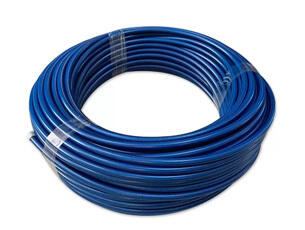
Hengshui BURK Hose Machinery Co., Ltd. specializes in durable steel brake line upgrades that redefine vehicle braking performance. These upgrades feature high-grade stainless steel or carbon steel construction, engineered to withstand extreme pressure, corrosion, and mechanical stress. The steel lines are precision-formed to match OEM specifications while offering enhanced burst strength, typically exceeding standard rubber hoses by 300%. The braided steel outer layer provides abrasion resistance, making them ideal for off-road, racing, or daily driving. Each upgrade undergoes rigorous pressure testing (up to 3000 PSI) to ensure reliability, with anti-corrosion coatings applied to resist salt, moisture, and engine chemicals. By replacing traditional rubber lines, these upgrades minimize brake pedal travel, improve braking response, and eliminate hose swelling under heavy use, delivering a firmer pedal feel and shorter stopping distances.

Copyright © 2025 by HENGSHUI BRAKE HOSE MACHINERY CO.,LTD — Privacy Policy